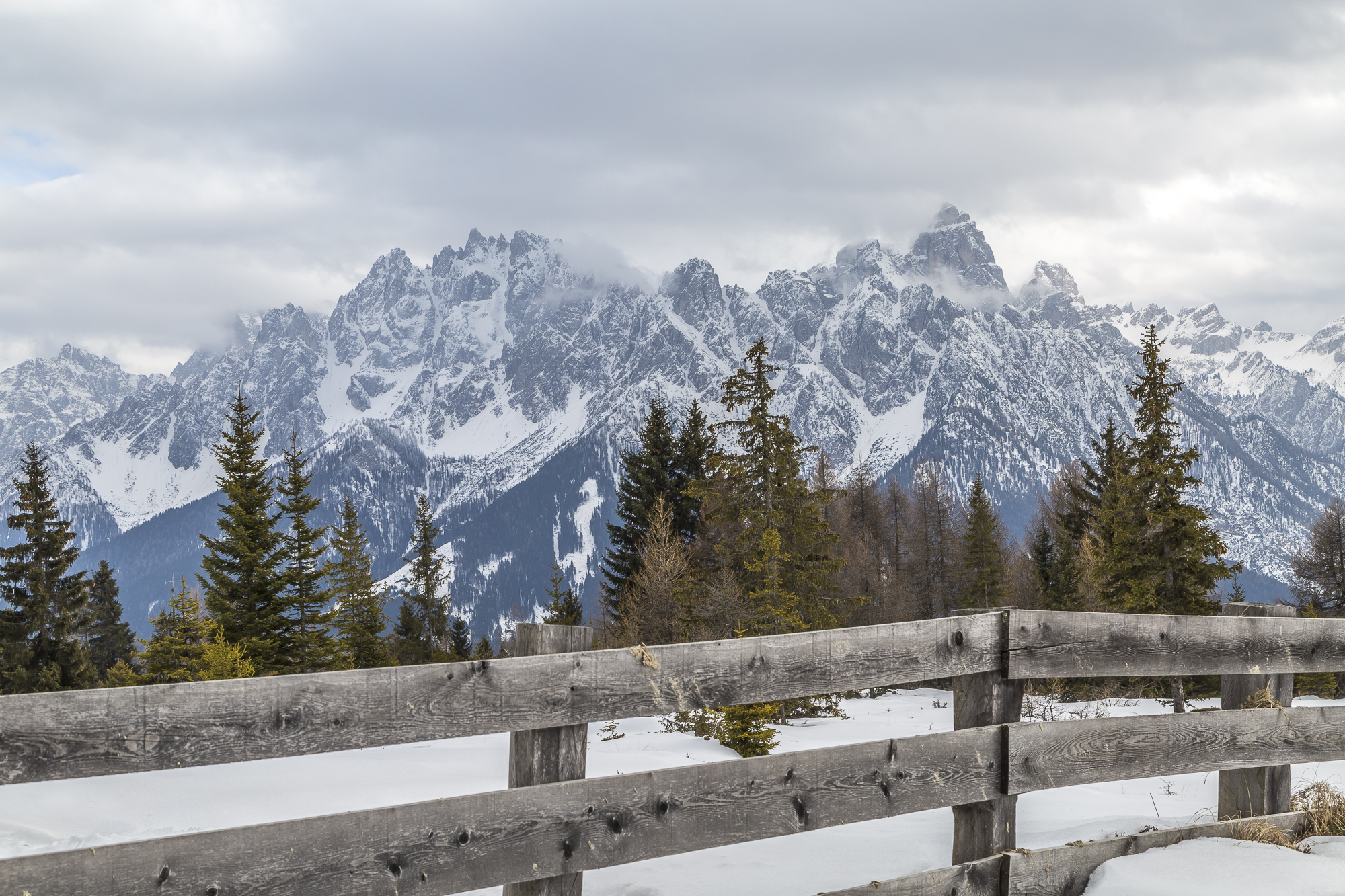
Pustertal for connoisseurs
How small the world is, we recently realized in Val Pusteria. For the second time we visited this quiet South Tyrolean valley, which leads from Brunico towards East Tyrol. This time, the journey takes us to the so-called Alta Pusteria, which begins at Dobbiaco. On an almost spring-like Saturday, the mountain guide Paul Sapelza is waiting for us on the market square in San Candido. We are registered for a wild-forest-meadow snowshoe tour, which is carried out on Saturdays. The target group is primarily beginners who have just arrived and want to take their first steps in the snow. Originally, I had the idea of going on a snowshoe tour towards the Three Peaks, the striking massif of the Sesto Dolomites. Unfortunately, nothing came of it. Too dangerous in the prevailing snow conditions. Paul’s first glance is at our footwear. Mine has just been upgraded and is being waved through. The friend’s must stand up to a second critical look. After this hurdle has been overcome, we sit down on the bus with our fellow hikers – an elderly couple and an older robust lady. At Paul’s behest, I take a seat in the front. After all, he wants to tell me something about his homeland. Our fellow hikers interpret this to mean that I am a kind of snowshoe hiking guide apprentice. An amusing mix-up. The older lady says benevolently, “It’s good that young people are also interested in it. We need new recruits.” I refrain from clarifying the mistake and start chatting with Paul on the way to Dobbiaco.
When I tell me that we had already explored the region last winter and spent the night in Monguelfo at the Tiefentalhof, Paul looks at me with wide eyes. “This is my brother Peter Sapelza.” “That’s where I grew up.” What a coincidence!.
Paul parks the car above Aufkirchen on the southern slope above Dobbiaco. From up here, you can look straight ahead into the fascinating chain of the Sesto Dolomites, which tower up behind Alta Pusteria. Interesting detail, the so-called Periadriatic Seam, which separates the Central Alps from the Southern Alps, runs through the Puster Valley. While we are now standing on a gentle hill, the rugged peaks of the Southern Alps are opposite us. Up here, there is just enough snow to trudge another track through the harsh snow with snowshoes. The area up here is devoid of any highlights – apart from the panoramic view towards the Dolomites. What counts up here is the peace and nature. Take a deep breath of fresh air and listen to your own heartbeat. That’s exactly what I like about Val Pusteria. It’s the little things that count here. There’s a spectacle elsewhere.
For about two hours we are on the road with Paul over fields, forests and meadows and learn a lot about fir trees, which are actually not fir trees at all, about logging, about animal tracks and about tree beards aka lichens. And also that there are snowshoe walks – what we are doing now – snowshoe hikes and snowshoe tours. Maybe I’ll become a snowshoe hiking guide someday. Unfortunately, there is not enough snow for Paul’s favorite piece of sports equipment. Normally, after a sweaty ascent, there is a rapid Böckl ride down into the valley. The children’s ski with screwed stool and handles ensures exuberant drifting in the deep snow. By the way, he himself is also the coach of the Böckl world champion team, says Paul with a mischievous laugh.
Feast on the mountain
I like Val Pusteria not only because of the peace and quiet but also because of the good food. One of these hideaways for gourmets is the Jora hut on the Baranci in San Candido. Every Saturday, Küchencheck Markus Holzner and his team conjure up a 6-course menu (62 euros) with ingredients from local farms – called mountain dining. But beware, a robust stomach is an advantage for the journey. At half past seven sharp, guests are picked up by snowmobile at the valley station of the Baranci lift. Jesse’s! In the first corner, I can’t help but scream. I’ve never ridden up the mountain so fast. In the hut, on the other hand, it is cosy. The menu convinces from home-baked beetroot bread to spruce tip semi-frozen. In addition, first-class South Tyrolean wines are available. If you appreciate seasonal, regional cuisine, you’ve come to the right place. Luckily, I had a lot of appetite with me.
Another hut event is the pasta evening, which takes place every Thursday. Here, guests can feast their way through six homemade pasta dishes for 42 euros. Since the Puster Valley is unfortunately not around the corner, Markus Holzner gives me his cookbook “Pasta on the rocks” as a farewell. Now I can let off steam in the art of South Tyrolean cuisine at home.
Sleeping with tradition
This time we slept in the chic traditional Posthotel Dolce Vita Alpina. The owner family, the Wachtler family, brought the four-star hotel into shape last summer as part of extensive renovation work. The result is convincing. The rooms are simple and cosy with an urban touch. The hotel itself is located in the middle of San Candido within walking distance of the Baranci ski area (part of Dolomiti Superski). The somewhat larger Helm-Croda Rossa ski area can also be reached in a few minutes by public transport (ski bus service).
If you are travelling with the family or prefer to spend the night in a secluded, but unique panoramic view, I recommend the Tiefentalhof in Monguelf.
Note: I was invited to South Tyrol by Südtirol Marketing. Thank you very much for this! As always, my readers can be sure that I always represent my views and enthusiasm.


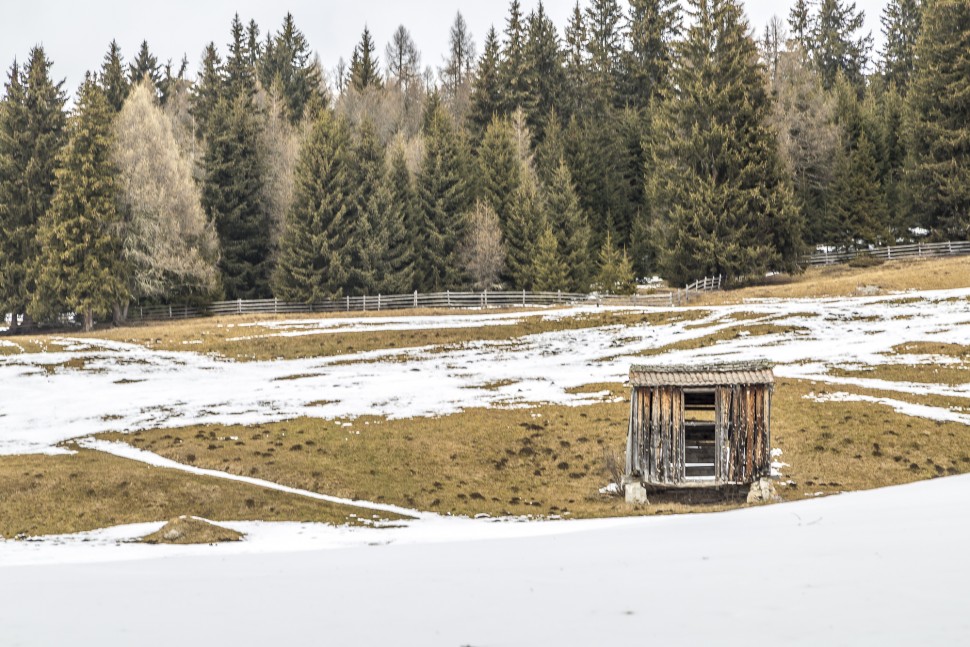
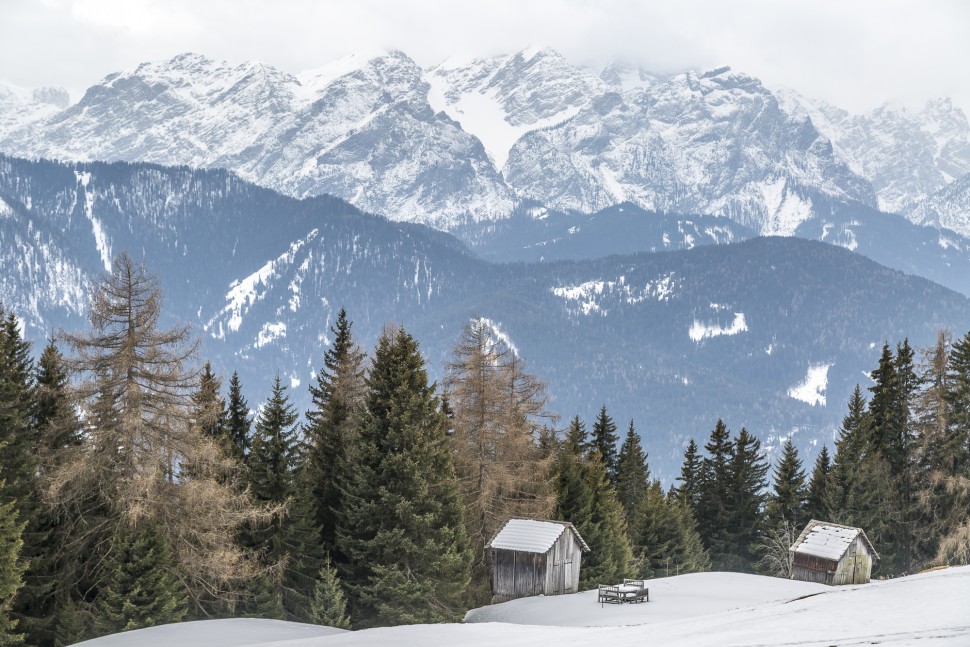
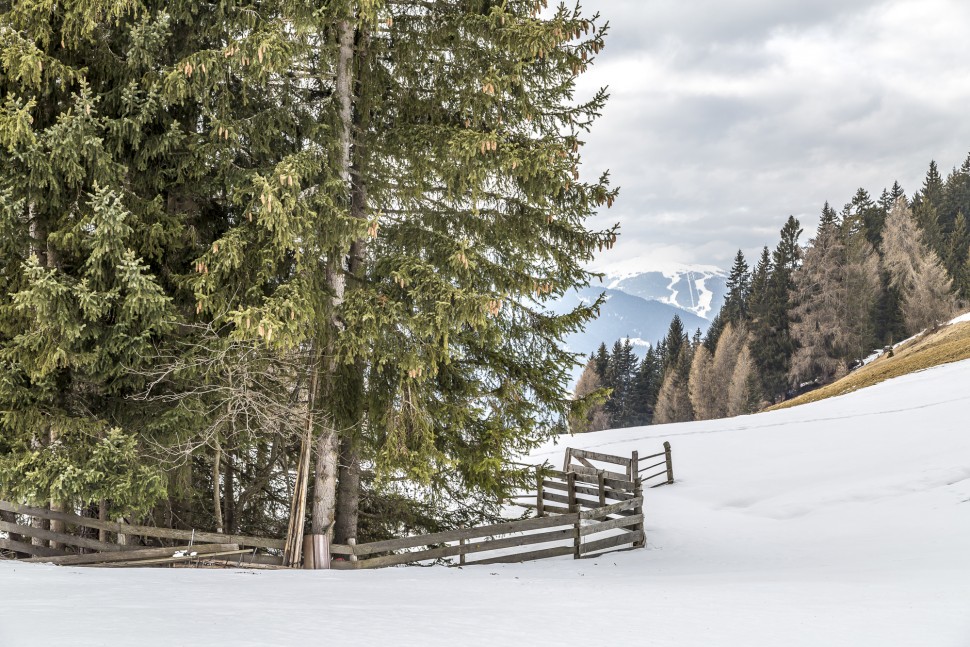
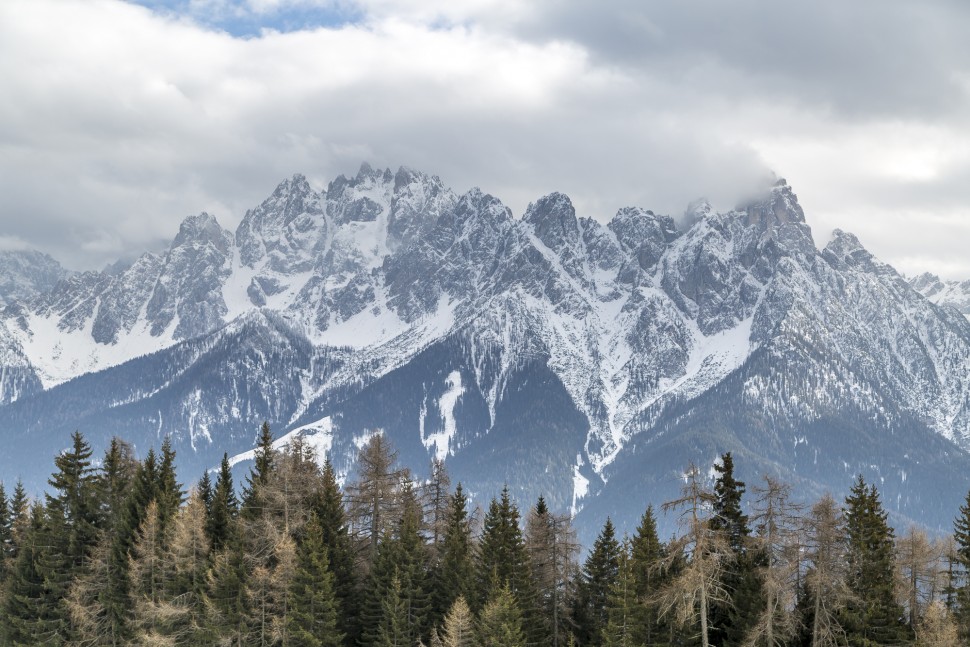
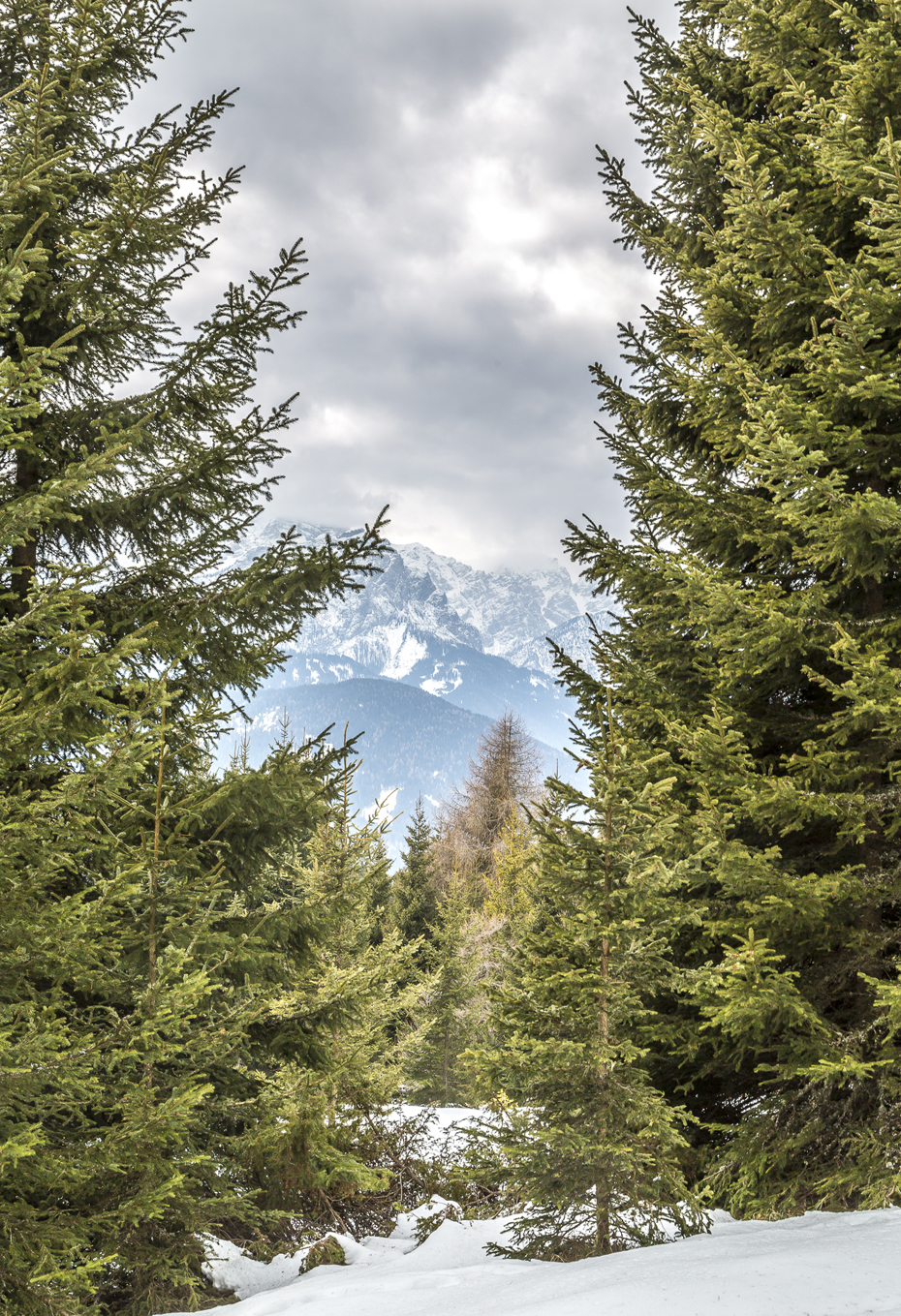
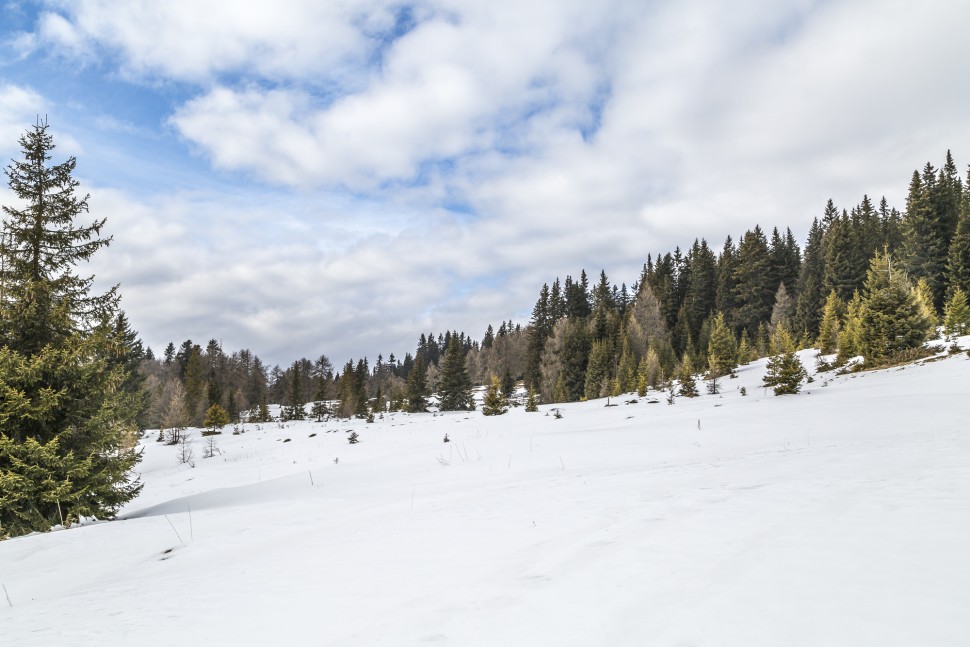
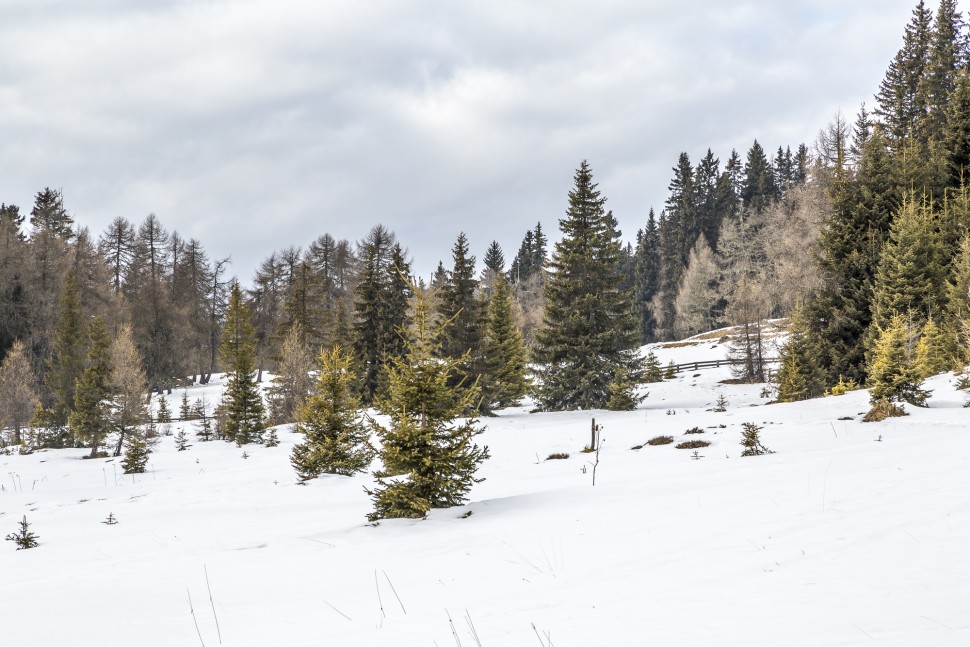
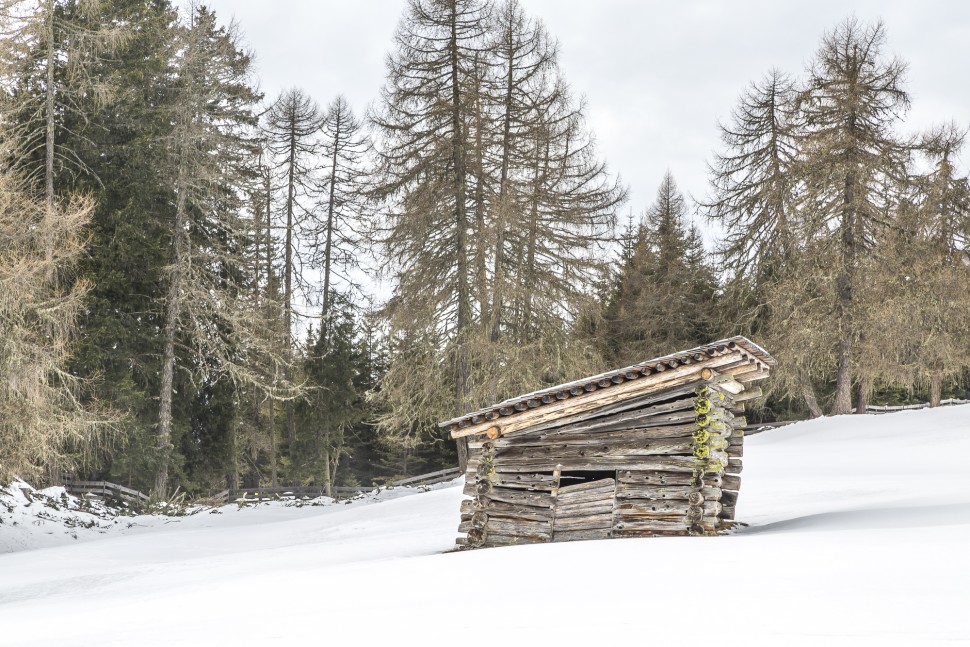
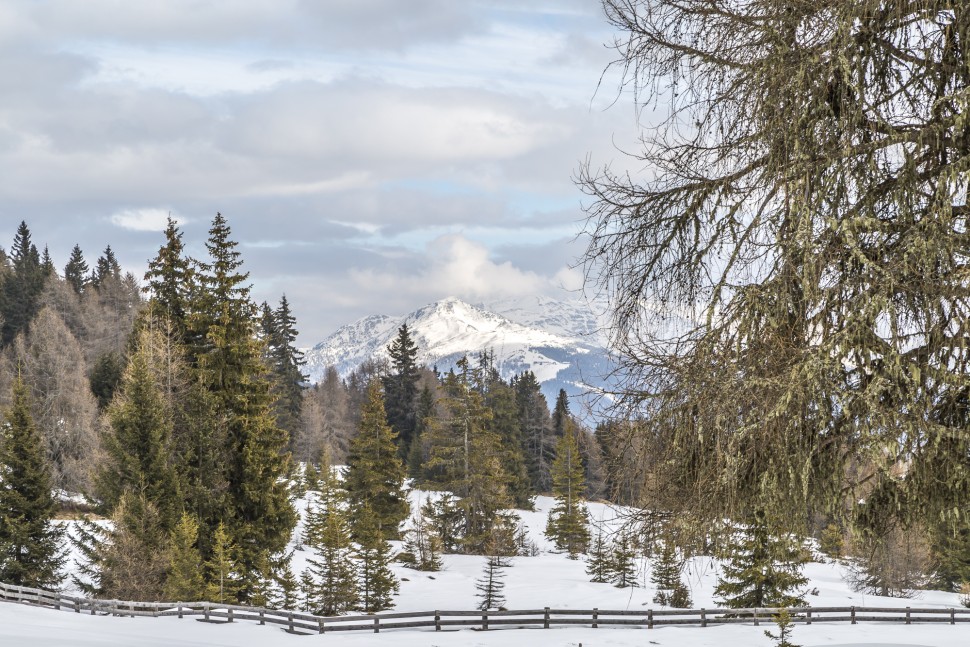
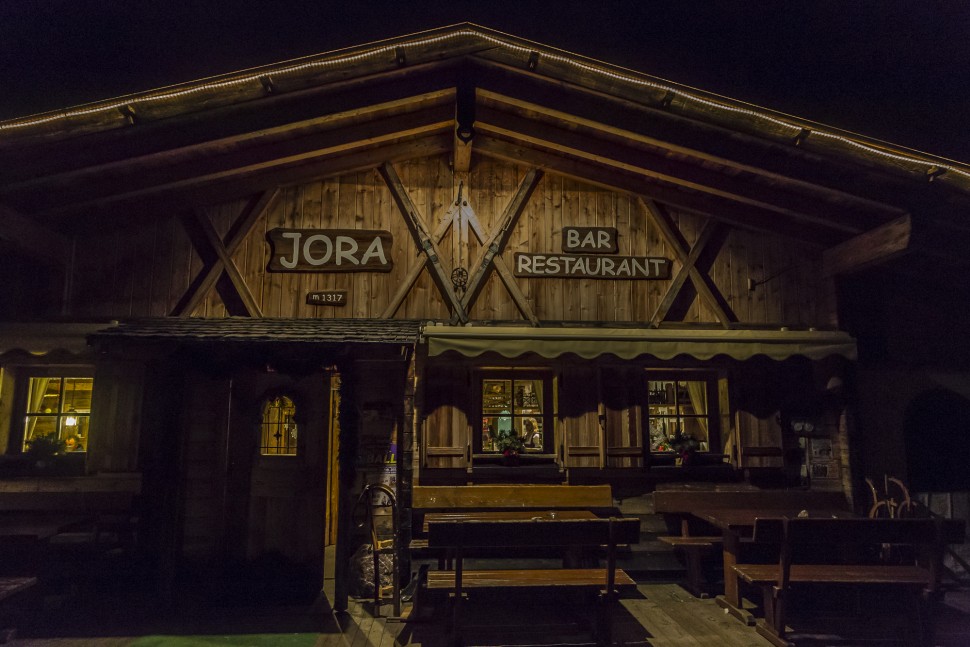
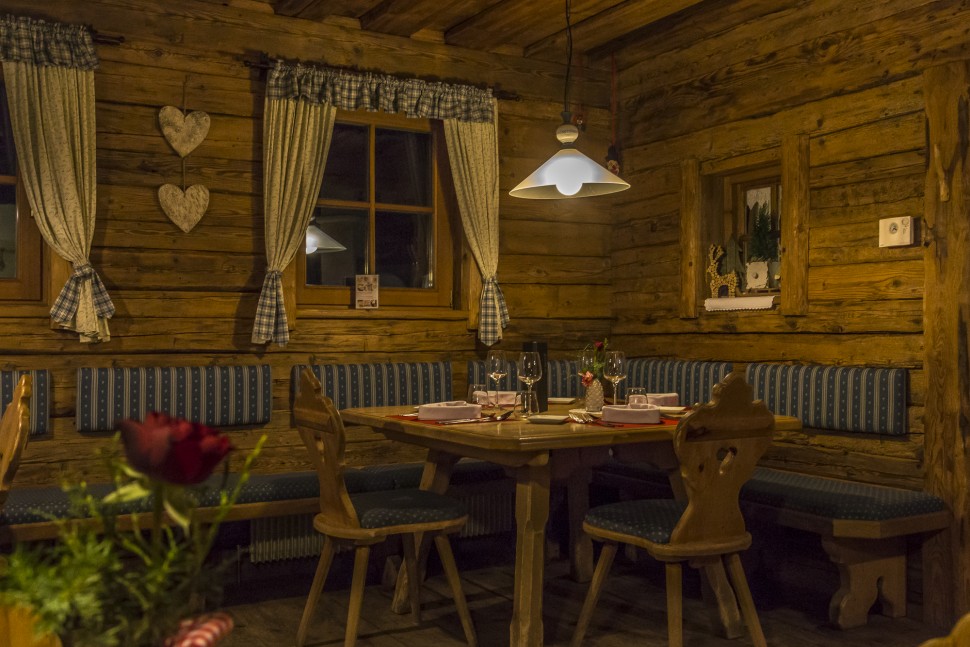
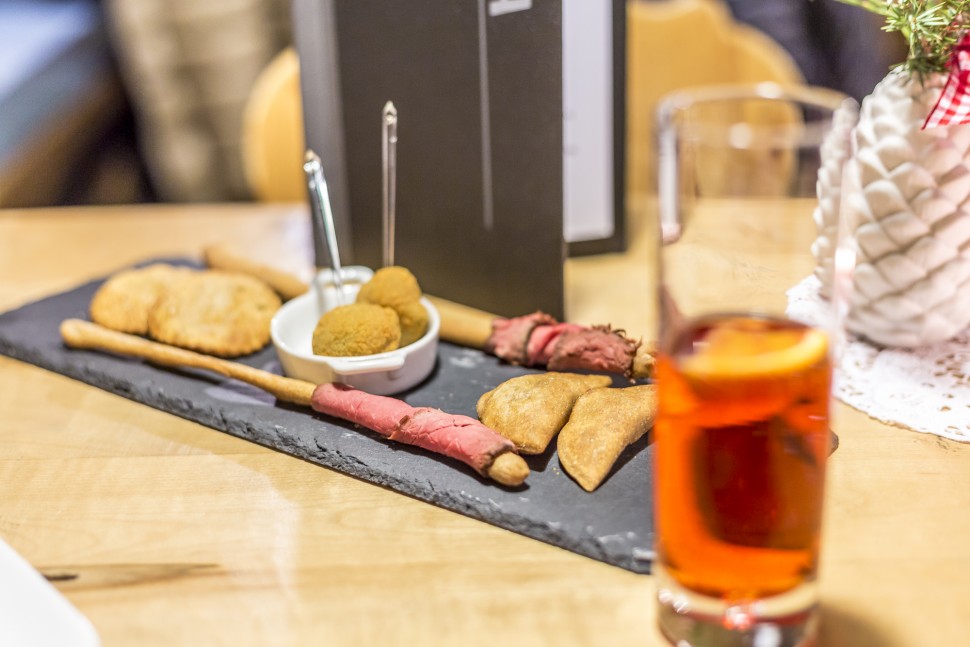
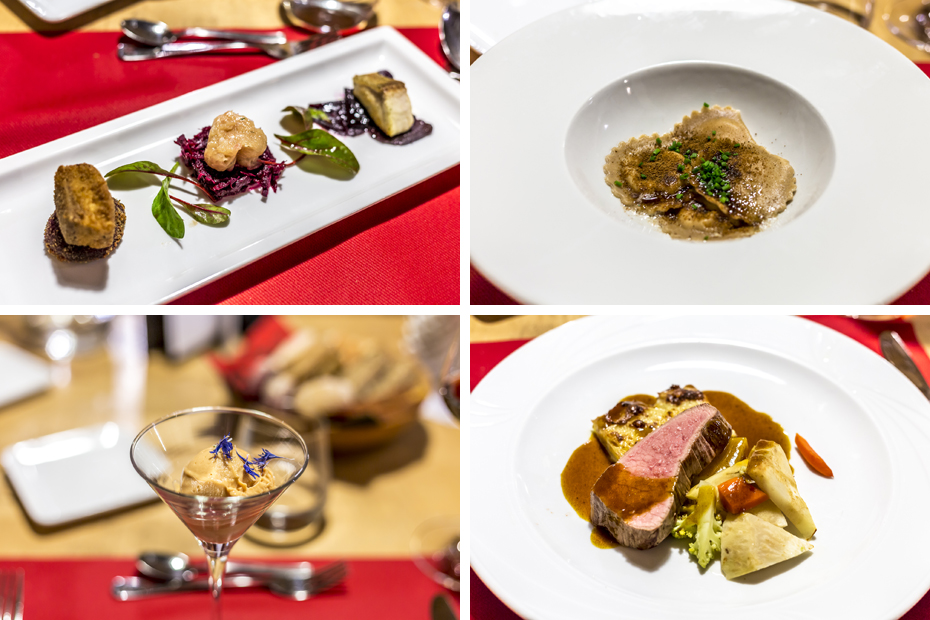
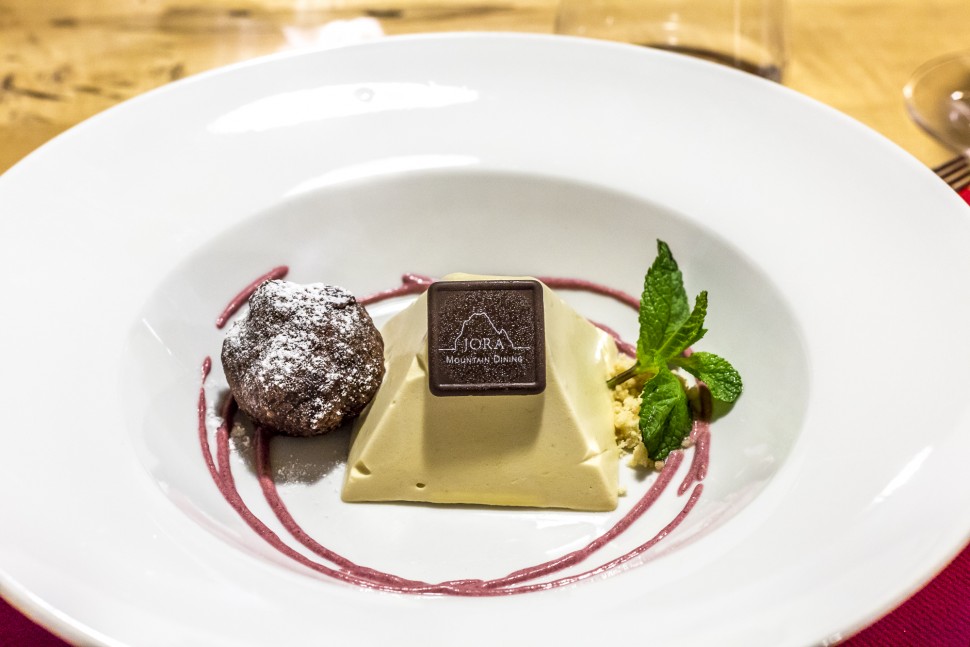
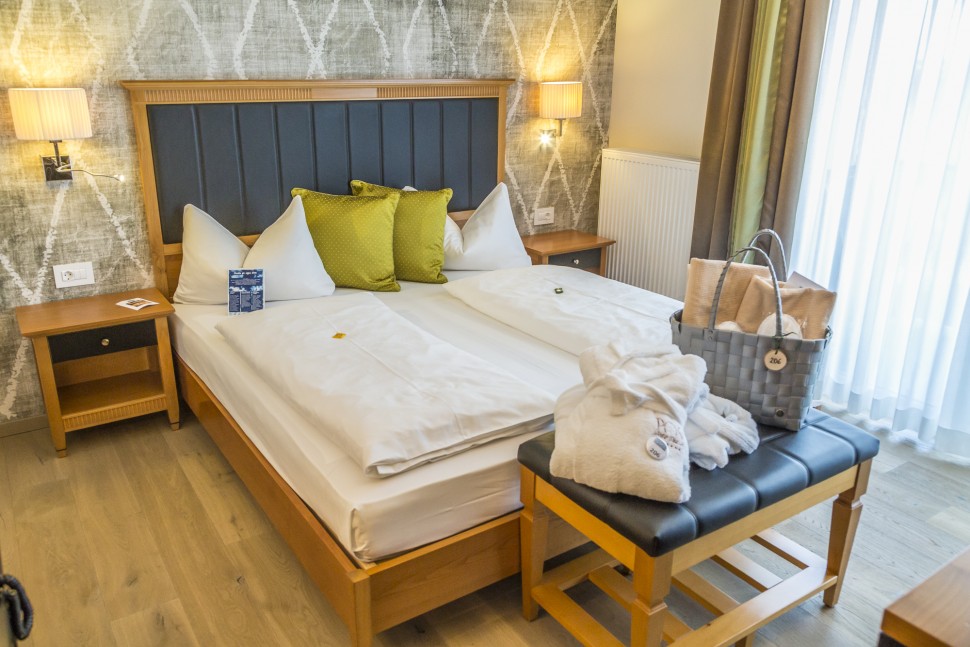

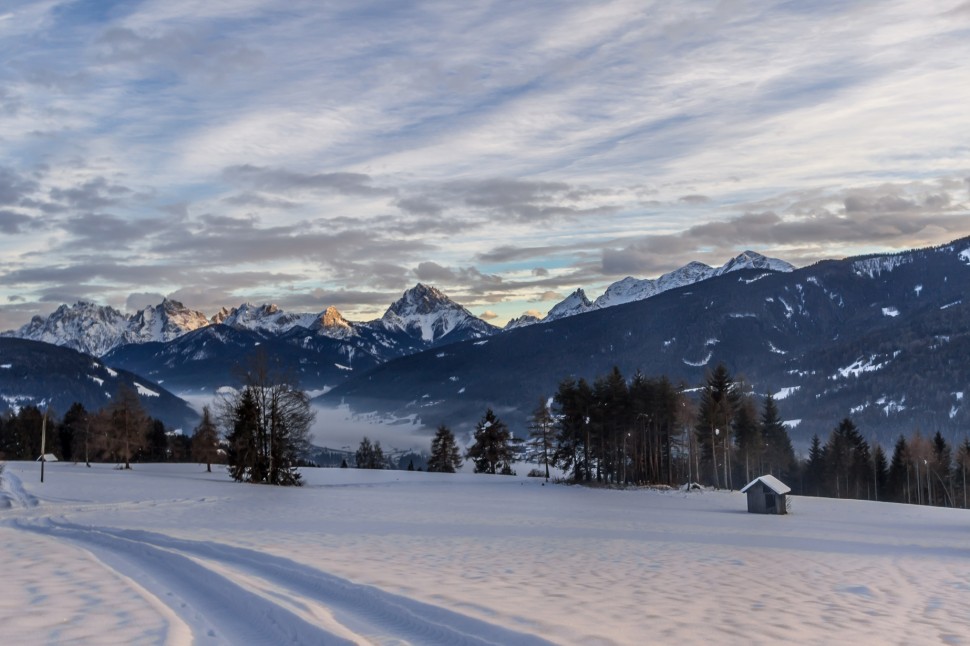
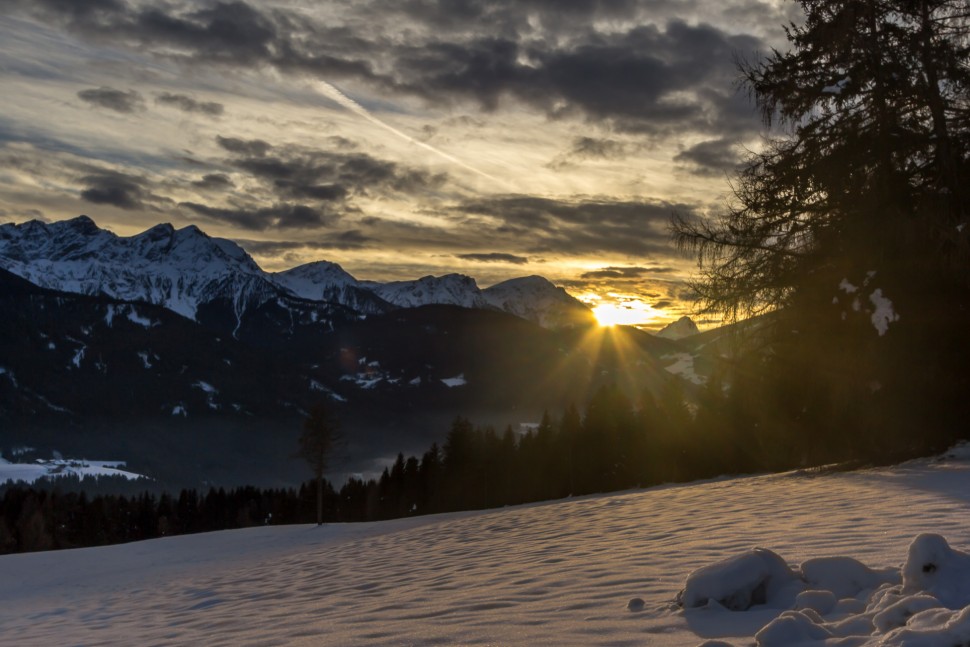
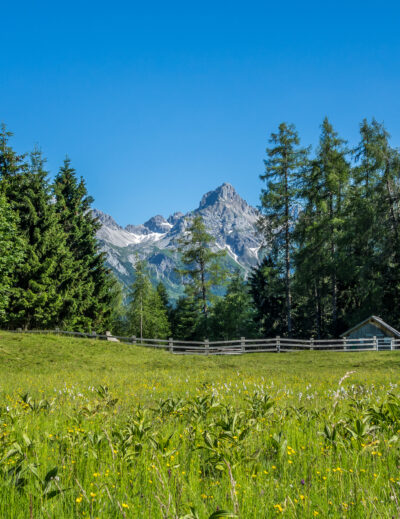
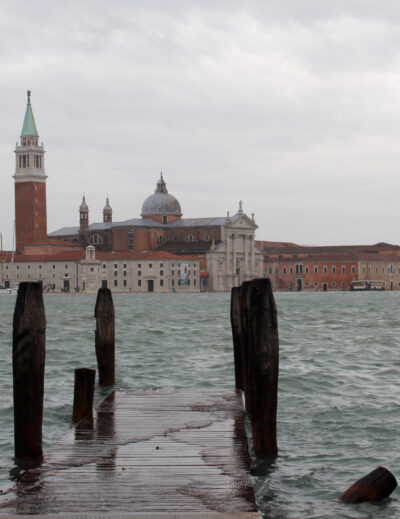
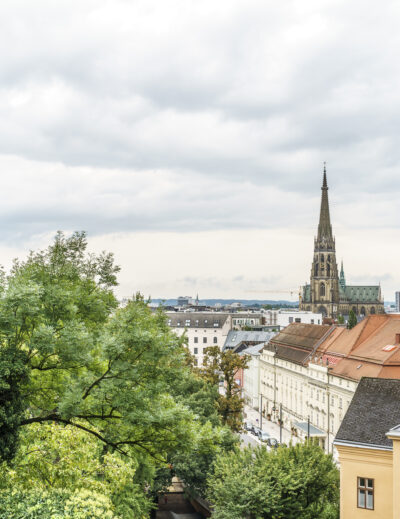
Leave a Reply